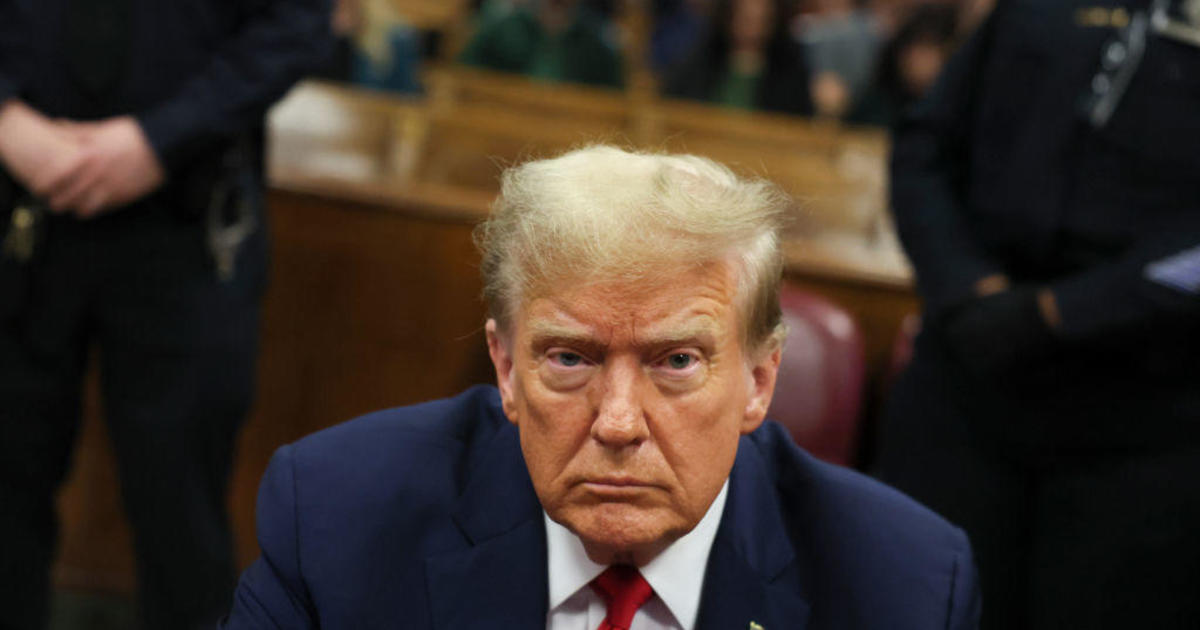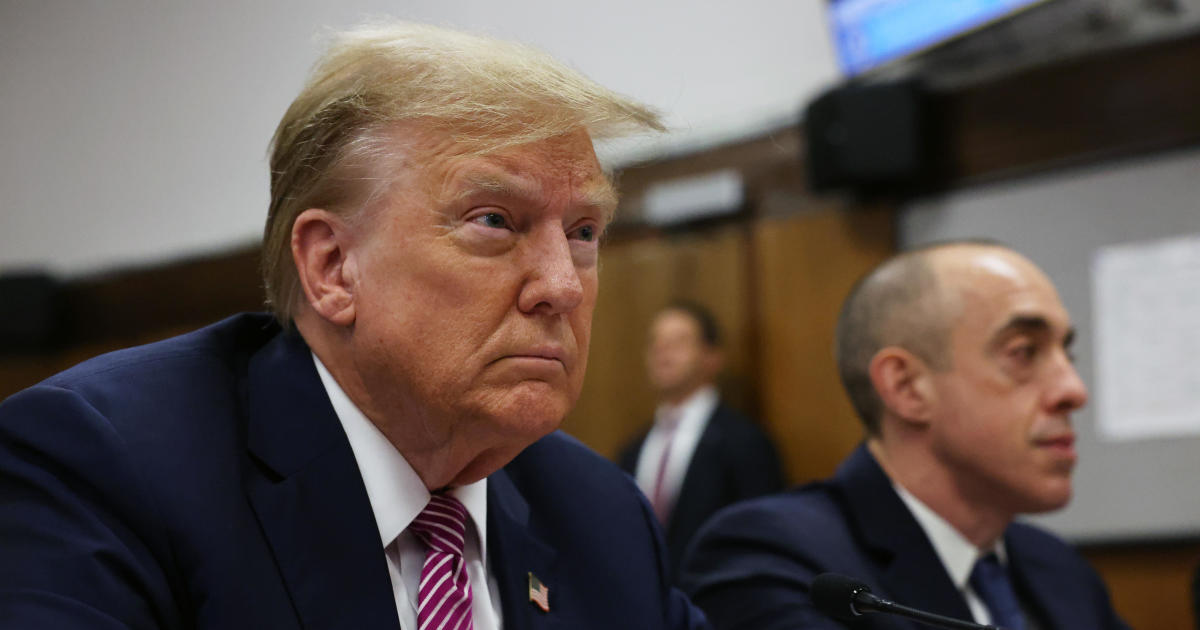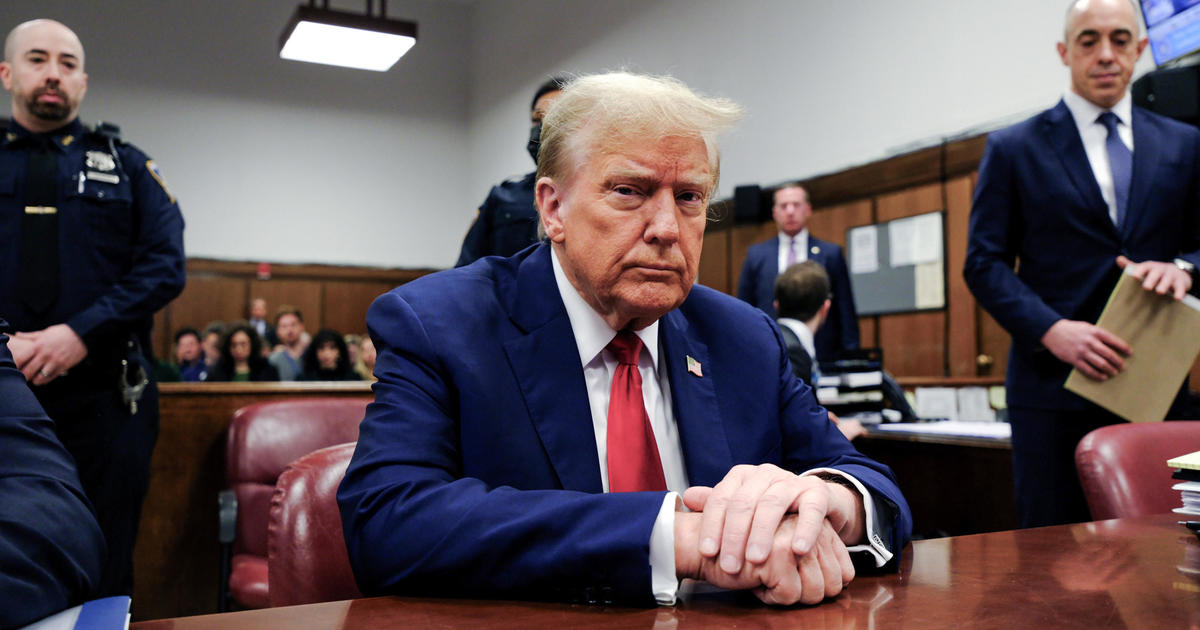Will Donald Trump suffer the GOP stock curse: a bearish 2017?
Donald Trump has racked up the second best pre-inauguration stock market run since the late 1800s. The only president-elect to do better during his transition period to the Oval Office? Herbert Hoover.
At first blush, this sounds like an ill omen for the market during a Trump presidency. Between Hoover’s election in November 1928 and his inauguration in March 1929, the Dow Jones industrial average increased a splendid 21.8 percent. Then for the rest of the year, as the nation began the prolonged torture of the Great Depression, the Dow sank 20.8 percent.
By the reckoning of Bespoke Investment Group, which crunched the numbers for the Dow going back to William McKinley’s 1896 election, only three presidents have managed to get a positive Dow for both the transition and the first year in office. That was McKinley himself, John F. Kennedy and George H.W. Bush.
Thus far, the U.S. economic outlook for 2017 appears promising, and it’s the economy that largely drives the stock market. So maybe Mr. Trump will escape Hoover’s fate. Since the Trump victory on Nov. 8, the blue-chip index has shot up 8.6 percent.
The market’s so-called Trump bump has been fueled by encouraging trends that occurred under Barack Obama, like a low jobless rate of 4.6 percent, and hopes for what the new president will do. Investors and business leaders like his plans to slash taxes, scrap regulations and spend heavily on infrastructure.
For the past month, however, stocks have been mostly flat, and the Dow has failed to crack the 20,000 barrier. Many observers attribute the index’s failure to reach that milestone to questions about whether the irascible new president can convince lawmakers to cooperate with his agenda.
While the nation’s chief executive certainly has an impact on the economy, many other influences are at work over which he has little or no control, such as international events, consumer psychology and interest rates.
“His power is limited,” said John Augustine, chief investment officer at Huntington Wealth and Investment Management. “Congress holds the purse strings, and the economic cycle figures in.”
How the market behaves at any point in a president’s tenure is often a matter of luck. Republican presidents are more likely, for whatever reason, to endure a recession during their first year in office.
As a result, according to CFRA Research, since World War II GOP presidents have suffered an average 1.8 percent decline in the S&P 500 during their first year, with the market down two-thirds of the time. Democratic presidents enjoyed a 17 percent rise on average for that initial year, amid a positive market 88 percent of the time.
Mr. Trump hopes to follow the lead of the most fortunate of the Republicans -- the first President Bush, whose transition period featured a 5.1 percent rise for the Dow, followed by a 23.2 percent climb for the rest of his first year, 1989. Bush, however, encountered a recession toward the end of his term, which led to his defeat at the polls in 1992.
The other two presidents who enjoyed good markets in both the transition and the remainder of the first year -- McKinley (1 percent and 19.5 percent) and Kennedy (8.1 percent and 15.2 percent) -- personally illustrate the caprices of fortune: Both were assassinated by enemies of the capitalist system.
Bad markets during presidential transitions don’t always portend what will come next. Two Democrats enjoyed horrible election-to-inauguration markets – with buoyant results for the next part of the year.
For Franklin D. Roosevelt’s post-election interlude starting in November 1932 and ending in March 1933 when he took the oath, the Dow slid 16.6 percent. Then it went on to finish 1933 up 85.6 percent, the best showing of the presidents in the Bespoke study. Investors were heartened by Roosevelt’s New Deal program. This optimism fed a Dow rise throughout his first term, but after that the index sagged anew as the Depression ground on.
Mr. Obama, winning office amid the 2008 financial crisis, had the worst transition market, down 17.4 percent, but then the second-strongest gain for the balance of the year, ahead 31.2 percent. He saw a solid market rebound through his tenure, despite a few downdrafts and tepid economic growth of around 2 percent yearly.
Only three other presidents started off with a down market in the transition that turned into a good freshman year performance: Republican William Howard Taft (negative 1.3 percent and positive 21.1 percent), Warren G. Harding (minus 12.1 percent and plus 8 percent) and Democrat Bill Clinton (down 0.3 percent and up 15.8 percent).
What about Ronald Reagan, well remembered for a roaring economy and a rampaging bull market? For his transition, the Dow was up just 1.4 percent, and after his swearing in, dipped 8 percent as the nation slid into recession. Other than Hoover, only one other went from a good market as president-elect to bad for the next 11 months as president: Dwight Eisenhower (ahead 6.6 percent and off 2.5 percent).
(Bespoke used the 30-stock Dow instead of the broader-based S&P 500 because the Dow went back further, debuting in 1896, the year of McKinley’s election. The S&P started in 1926 with 90 stocks and expanded to 500 in 1957. Bespoke didn’t include vice presidents who got the top job after their predecessor died.)
All these fun facts aside, what are Mr. Trump’s odds of joining McKinley, Kennedy and the first Bush as a two-barreled market winner, with a higher Dow this coming Dec. 31 than when he raises his hand to take the oath of office on Friday?
Assuming Mr. Trump gets his program enacted, the fiscal stimulus should be a boon to the economy, hence the stock market. Among the favorable developments lately is the return of corporate earnings growth in last year’s third quarter, which should continue in the fourth period. A big reason for that is the bounce-back in oil prices, which had drooped as low as $26 per barrel a year ago and now are over $52. The energy industry, which had been flat on it back, is rejuvenated.
The upshot, LPL Financial said in a recent report, will be “mid- to high-single-digit earnings gains from Corporate America in 2017” that the money management firm believes “should help support the continuation of the nearly eight-year-old bull market for U.S. equities.”
Certainly, the market faces headwinds in 2017, such as a stagnant working-age population as baby boomers retire, which harms productivity growth. Also, the Federal Reserve plans to hike interest rates three times this year, which likely will act as a drag on economic growth. The “higher interest rates hitting key sectors including housing” may slow the economy, warned Robert Johnson, director of economic analysis at investment research firm Morningstar.
Another risk is market cyclicality. Sam Stovall, CFRA’s chief investment strategist, noted that the new president’s first 100 days -- Mr. Trump has pledged to enact his program within that time -- end at an inconvenient time. Historically, the May-to-October span has been less kind to the S&P 500 than the year’s other half, although large exceptions to that pattern exist.
“An awful lot of optimism is helping the market, but the worry is that, if people sell in May, that will be the end of his honeymoon,” Stovall said. “Then hype will turn into gripe.”



